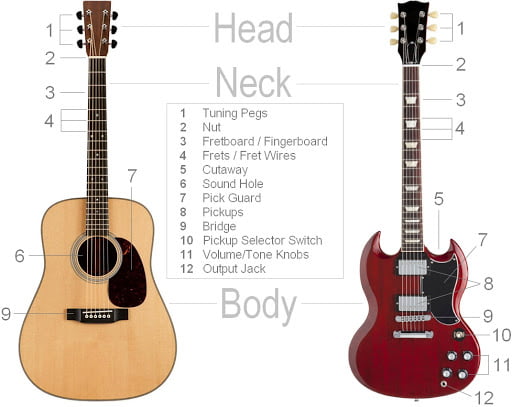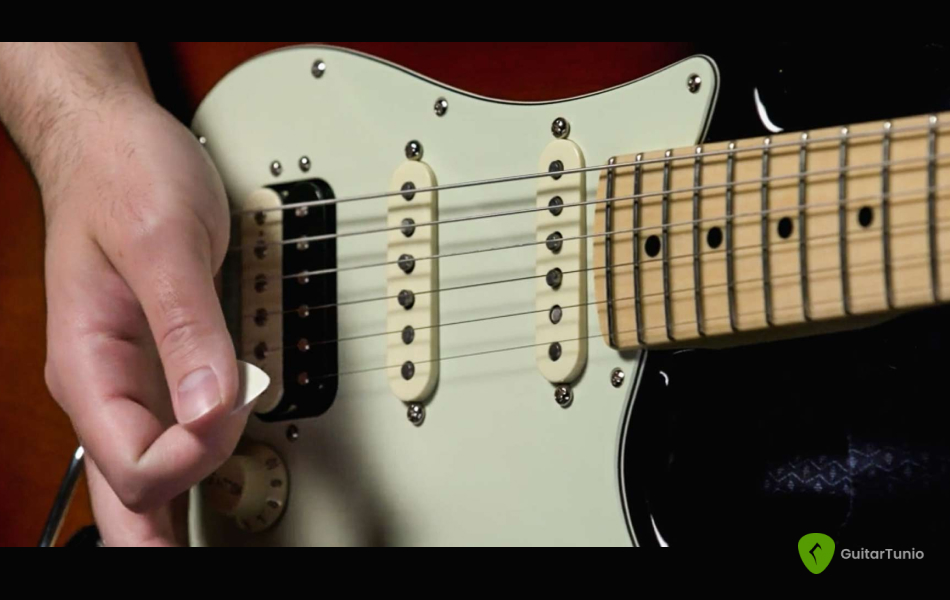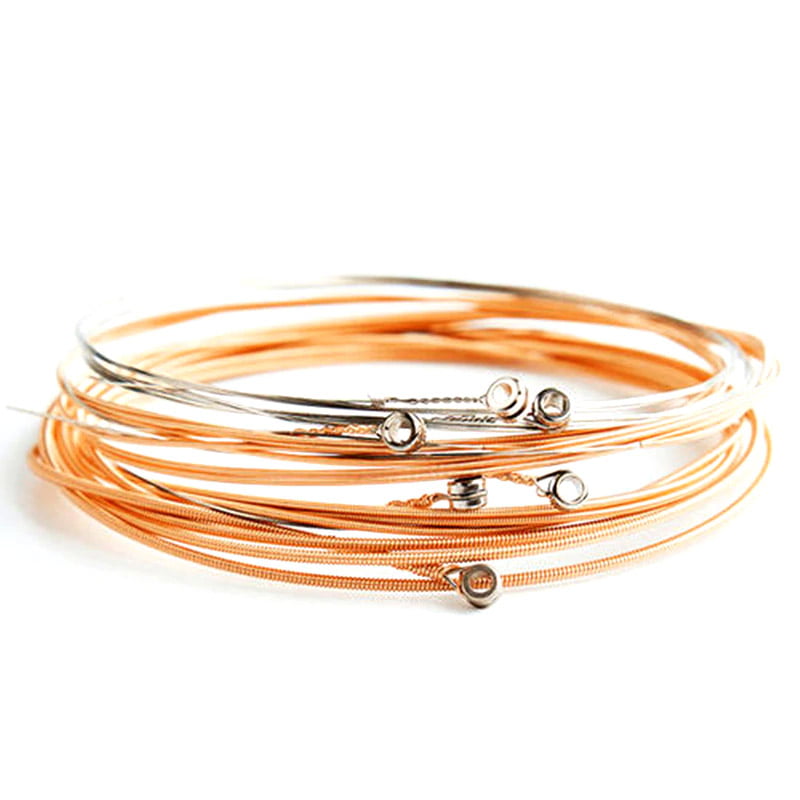D7 Guitar Chord Easy Tutorial
In many genres like blues, jazz, rock, and even pop, the D7 guitar chord easy plays a crucial role. It serves as the gateway to resolving the tonic, creating a satisfying and dynamic musical journey. Musicians often experiment with different voicings and variations of the dominant seventh chord.
Basic information about D7 guitar chord easy
The D7 guitar chord easy is a frequently chosen option and is considered one of the simplest starting points for novice guitarists. If you're already comfortable with the D major chord, transitioning to D7 will be relatively smooth because it involves a reversal of finger positioning on the higher strings.
Nevertheless, despite the shared string usage, the finger placement differs significantly, resulting in the D7 chord emitting a somewhat more vibrant and lively sound. As you delve into the world of guitar playing, you'll discover that mastering various chord variations like D7 opens up a plethora of melodic possibilities.
So, embrace the D7 chord as a fundamental stepping stone in your musical journey, and let its distinct tonal qualities enrich your playing experience. The D7 chord notes comprise four essential notes that combine to produce its distinct and bright sound. These notes are:
- D: The fourth string from the bottom.
- A: The fifth string from the bottom.
- C: The second string from the bottom.
- F#: The first string.
These four notes in combination create the characteristic sound of the D7 chord, which is widely used in various musical styles, especially in folk, blues, and rock music.

Classification of D7 guitar chord easy
D7 Open Chord
The D7 chord is the most common and the easiest D7 chord to play. To play the chord, you use your fingers to press on specific frets on the guitar strings as follows:
- Put your middle finger on the 2nd fret of the G string (the 3rd string).
- Position your index finger on the 1st fret of the B string (the 2nd string).
- Place your ring finger on the 2nd fret of the high E string (the 1st string).
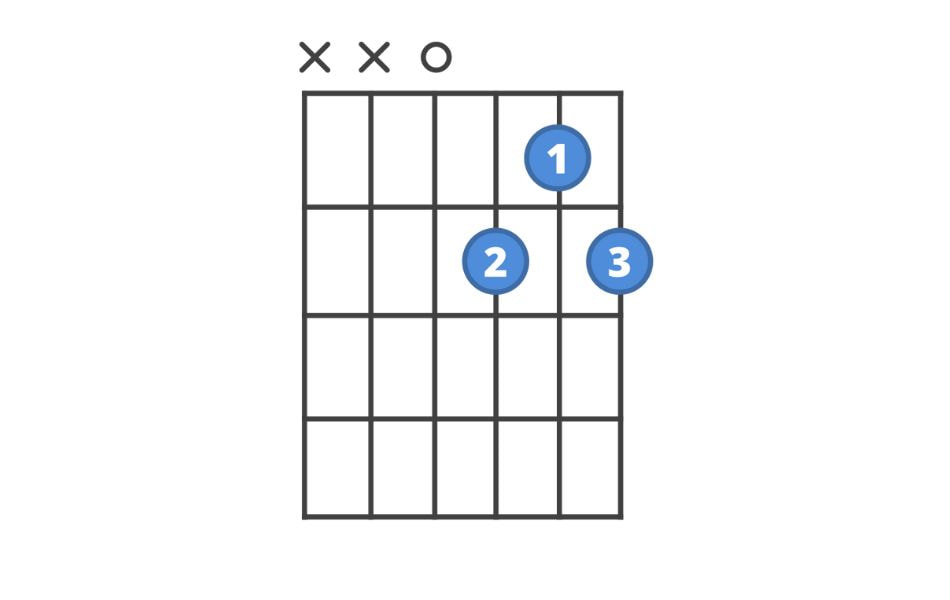
D7 Barre Chord
There are various D7 Barre guitar chord shapes depending on where you place the barre on the fretboard. The barre can be positioned at different frets on the neck, creating multiple variations of the D7 chord. Some common examples include D7 Barre 1st Fret, 5th fret, 7th fret …
D7 Variation Chord
D7 variation chord refers to different variations or modifications of the D7 guitar chord easy. These variations involve altering the finger placement or adding extra notes to the basic D7 chord to create different sounds or add complexity to your guitar playing. D7 variation chords can be used to add color and flavor to your music, and they are often used in more advanced or creative guitar playing.
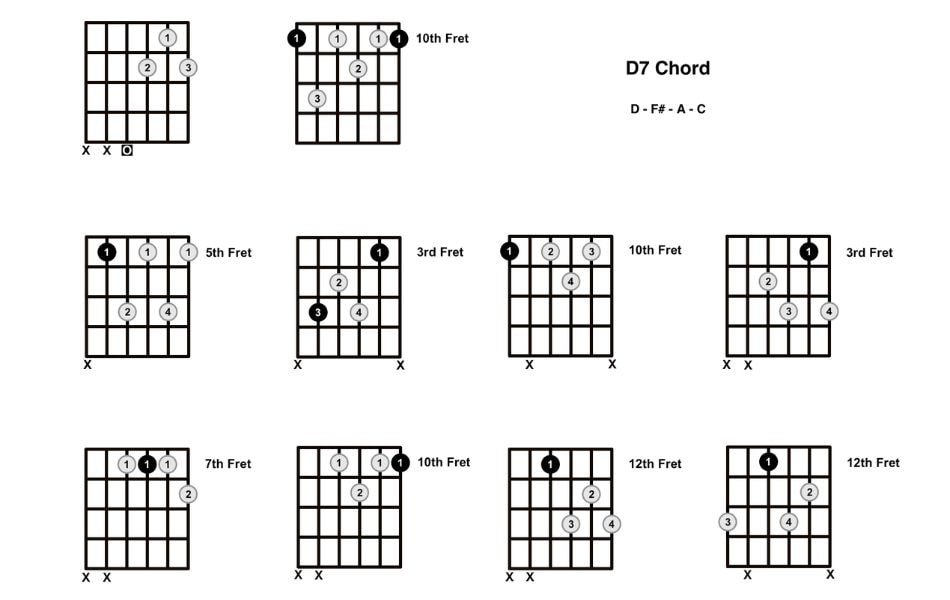
The music genre for the D7 chord
The D7 chord is a versatile component that seamlessly blends into an array of music genres. It plays a pivotal role in the blues, lending its characteristic tension and emotion to soulful melodies. In the realm of jazz, D7 explores diverse variations, enriching the harmonic complexity of compositions.
Within Rock, It contributes a bluesy edge to legendary guitar riffs, while folk music warmly embraces its traditional resonance. Country tunes are flavored with D7's twang, and even in pop, it emerges to infuse a hint of blues or folk-inspired charm. Across genres, the D7 chord stands as a testament to its adaptability and enduring appeal in the world of music.
For additional advice, explore techniques for simplifying your D7 guitar chord easy fingering. Additionally, delve into the fundamentals of beginner guitar chords, which encompass not only mastering the chords you've acquired but also discovering how to manipulate them across the fretboard to produce fresh and captivating tones.

